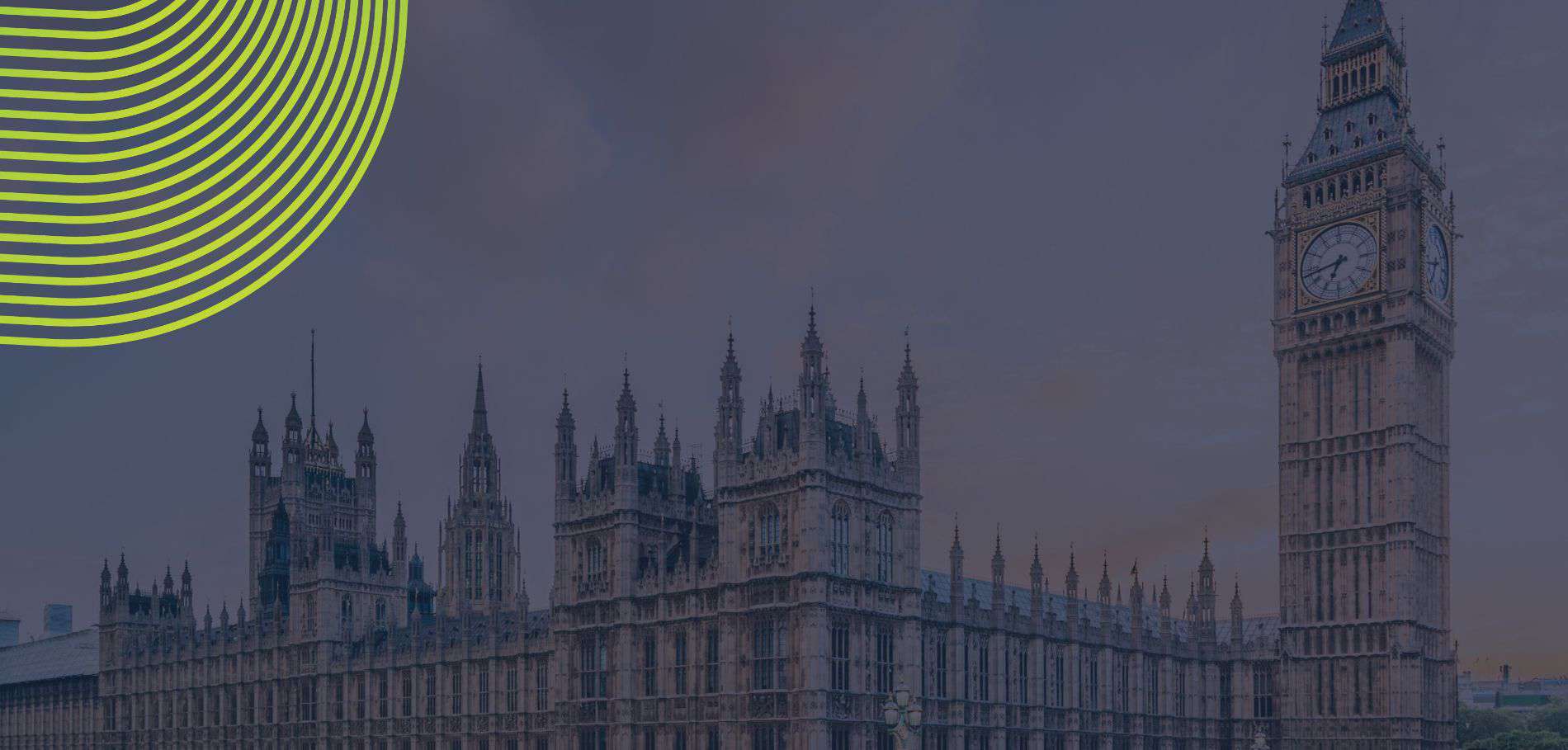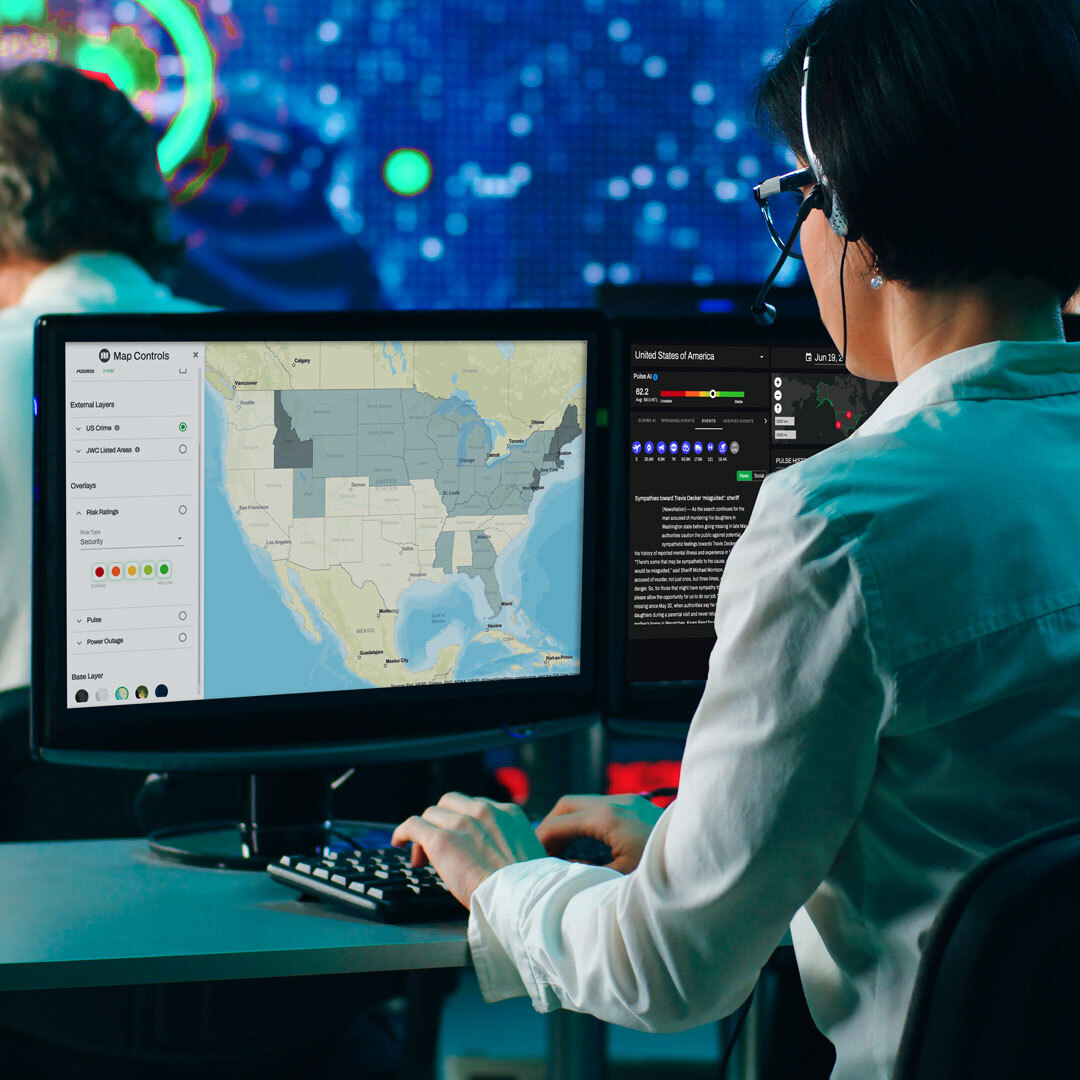Seerist helps clients navigate a risky world by preparing for potential events that may be highly disruptive to their operations through insights from both machines and humans. Here is a summary of the political risk index and analysis from the Seerist solution, created by expert analysis from the Control Risks’ team, a strategic partner of Seerist’s. The analysis offers data regarding an increase in targeted attacks against politicians and high-profile individuals, shared with clients and subscribers on a consistent, often daily basis.
Political Risk Index Recap: Current affairs & Global headlines
On November 30th, 2022, the US Department of Homeland Security advised of a trend in domestic violent extremists targeting government-related officials. Earlier that same month, the Netherlands Terrorist Threat Assessment warned of a rise of right-wing extremist accelerationism, which legitimizes the use of violence. When these warnings are combined with data that is revealed by the Seerist solution, it reveals a trend that government bodies should take note of and commit to tracking closely.
High-profile targeted attacks in 2022 include:
- Argentina: An individual on September 1st attempted to shoot Vice President Cristina Fernandez de Kirchner in front of her house; his gun malfunctioned and he was immediately arrested.
- Japan: On July 8th a perpetrator shot former Prime Minister Abe Shinzo during a campaign speech; the shooter was apprehended at the scene and reportedly driven by Abe’s alleged links to the Unification church.
- US: An individual broke into the US House of Representatives Speaker Nancy Pelosi’s house in San Francisco on October 28th. They reportedly intended to target Pelosi but encountered her husband, whom they attacked and injured. The suspect is reportedly a right-wing extremist, who has supported conspiracy theories, including those relating to COVID-19.
What our data reveals regarding politicians being targeted
Seerist records thousands of incidents of targeted violence annually worldwide. Right-wing extremist actors present a particularly persistent threat, especially in Europe and North America. In recent years, homegrown violent extremists and disgruntled individuals have increasingly attacked political officials for symbolic, ideological, personal grievance, or mental disorder reasons. Examples include the 2011 shooting of US politician Gabrielle Giffords by a right-wing extremist.
Threats posed by conspiracy theory-driven perpetrators have elevated the threat posed by non-ideologically-aligned extremists, particularly in the context of the COVID-19 pandemic and the online proliferation of pandemic-related conspiracies. Politicians, including local government officials, have called for greater protections for representatives, and stronger penalties for acts of intimidation, as COVID-19 drove radicalization in recent years. For instance, police in April 2022 foiled a plot in Germany that sought to kidnap the German health minister who was a vocal supporter of COVID-19 health measures. In the US, 13 individuals plotted to kidnap Gretchen Whitmer, Michigan’s state governor, in 2020 because they viewed her as a “tyrant” for implementing COVID-19-related restrictions.
How they’re operating
Cross-pollination of tactics and techniques across the ideological spectrum has come full circle: jihadist groups after 9/11 adopted the leaderless resistance model of 1990s anti-government militias, and right-wing extremists today are following jihadists online and employing improvised tactics like vehicle ramming. Ideological extremists are also operationalizing the cyber domain for fundraising, recruitment, and incitement.
Emerging technologies, like drones and 3D printing, will continue to lower the barriers for individual perpetrators to plan and carry out attacks. For example, in Japan, Abe’s assassin used a “craft gun” that was assembled with readily available materials, circumventing the country’s stringent gun laws. The perpetrator of an attack in 2019 against a synagogue and surrounding areas in Germany also utilized homemade guns.
What’s next?
An emerging threat is posed by extremists who are driven by a range of motivations including niche ideological movements such as incel, QAnon, and COVID-related conspiracies, as well as the radical fringes of traditional activist movements. The proliferation of extremist ideologies has increased the likelihood of high-profile individuals and politicians being targeted for perceived involvement, or support of, nefarious conspiracies. Several governments have updated their terrorism threat assessments to reflect this trend.
Imperative to changes made to proactively protect leaders is the simultaneous effort to engage in targeted monitoring, including the political risk index, to stay ahead of activists and extremists. Analysts can leverage technology to monitor a variety of sources – dark web, forums, and social media platforms – to track nefarious chatter and stay ahead of any emerging threats. By combining the expertise of their analysts with the functionality offered by innovative technology, government entities are better armed than ever before to help keep leaders safe.
Use Seerist to Monitor Key Political Risk Index Indicators
Seerist’s augmented analytics solution combines AI, machine learning, and expert human analysis to deliver trustworthy threat intelligence. By automating the collection of global data, capturing various shifts and swings, and filtering out the noise, Seerist provides valuable insights. These insights are seamlessly integrated into a user-friendly dashboard, ensuring swift and dependable decision-making in crucial moments.
Book a demo to see Seerist’s threat intelligence tools in action or follow us on LinkedIn to learn more about how Seerist helps you stay ahead of the curve.






